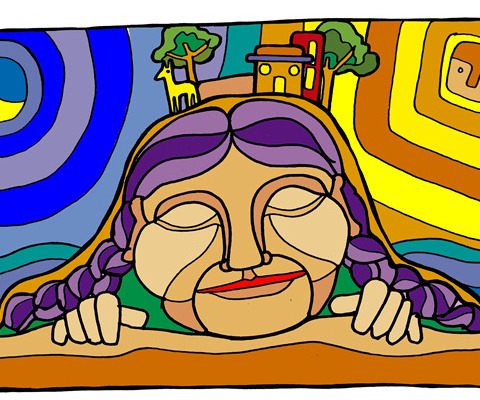Digital concept, online formats intro to online teaching and learning
Online and digital education has grown highly over the past few years. The year 2020 has forced all of us to move and transform our activities into digital formats. It brought, at the same time, big challenges and new opportunities. Considering sustainable, global education, it has allowed us to interact, share knowledge, and connect beyond temporal and spatial limits. The nature of online and digital learning (JoséSousa, Lúcia Marôco, Gonçalves, Machado, 2022) requires understanding the used tools, possibilities, social media platforms, relevant technologies, and barriers in implementing various creative methods into online and/or digital education (Rennie, Smyth, 2020).
Lesson 1: Digital competences
Educational institutions, organizations, and especially educators need training that empowers them to identify and choose the most suitable methods from a broad range of different options available for online teaching and learning, and apply them in meaningful contexts in classes or learning groups. In the process of integrating digital technology into education, critical aspects in its success are educators´ digital competences, digital confidence and their mindset towards new technologies. A vast majority of teachers (above 85%) agree that ICT (Information and Communication Technology) helps students develop greater interest in learning, enables them to access better sources of information and helps to work at a level appropriate to their learning needs.
Technological devices have entered all aspects of our everyday life. In the digital society, the concept of creativity is being rethought. Indeed, the affordances of technologies may have a strong influence on creative processes and achievements. Within the creative and artistic fields of education and peer-to-peer learning digital methods and technology give us a broad spectrum of possible creative concepts and tools. Some of them, for example creating video, music, visual design, photography, etc., are already the tools inherent in creative practices and digital and online realms. Nevertheless, we need to balance online learning with offline activities, especially in the performing arts, e.g. dance, and theatre. By implementing blended/hybrid peer-to-peer learning we can use the possibilities of the Internet as a tool to connect with others and share and design our work. Various methods can be used, such as one-on-one or group video calls, creating and uploading videos, online galleries and libraries, artboards, podcasts, or even social media chats/messengers (using e.g. video communicators - e.g. Zoom, Goggle Meet; social media platforms – e.g. Facebook, Instagram, TikTok; online working boards - e.g. Miro, online video, audio, and image editors - e.g. Canva, Twistedwave).
Lesson 2: Identifying groups needs
Many offline peer-to-peer learning activities and methods are possible to transfer or implement in some aspects into a digital and online realm. In order to fit different types of art activities, contexts, locations, and a range of available technologies it is crucial to identify your groups' needs and then investigate how the Internet and digital tools can respond to and support them. There are several ways that this can be done. When the group is determined, google forms can be filled in where questions about their profile and needs are included. This can also be done through either group discussions or one-on-one interviews. Incorporating social media and popular media platforms (e.g. YouTube, Vimeo, Instagram), as spaces to share and connect, is crucial nowadays for a collaborative and “horizontal” learning experience. It has the ability and a big potential to build up networks, activate the learning process, engage learners, and involve or develop personalized approaches.
Lesson 3: Types of online courses
We can divide various digital tools and methods into three categories that serve to boost essential peer-to-peer learning skills like communication, collaboration, and creativity. Drawing on methods already developed in the field of school education, we can divide the types of online courses that can also be applied to peer-to-peer learning.
- Asynchronous Online Courses
These types of course offerings do not take place in real-time. Peers are provided with content and assignments and are given a time frame to complete coursework and exams. Interaction usually takes place through discussion boards, blogs, and wikis. As a result, there is no class meeting time. Asynchronous online learning environments are effective for students with time constraints or busy schedules.
- Synchronous Online Courses
These types of course offerings require the instructor and all enrolled participants to interact online simultaneously. Similar, in some ways, to a webinar, peers interact through text, video, or audio chat. Synchronous learning environments enable them to participate in a course from a distance in real-time.
Also known as blended courses, they are learning environments that allow for both, in–person and online interaction. Typically, hybrid courses meet in person several times during a semester and provide for computer-based communication in between those face-to-face sessions.

